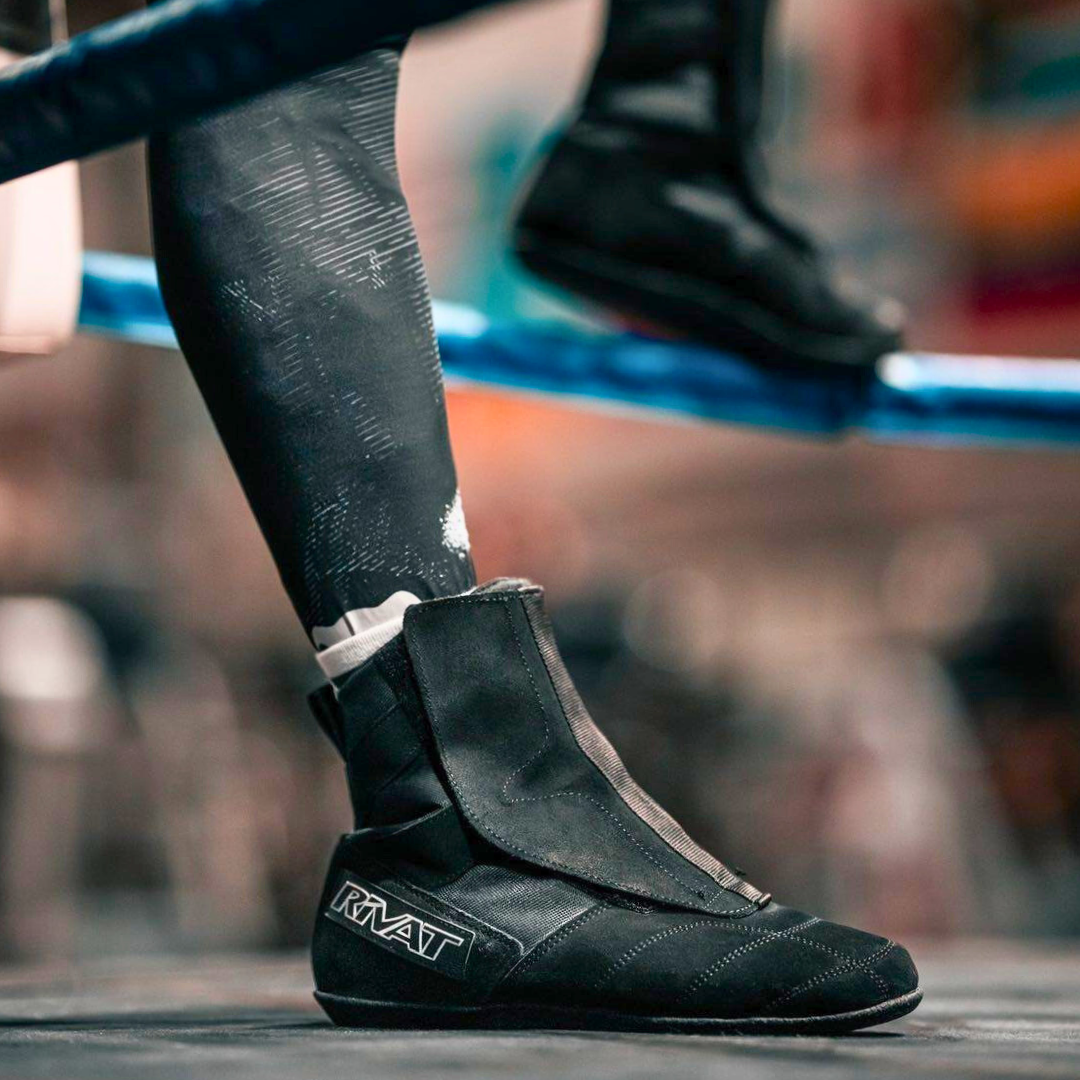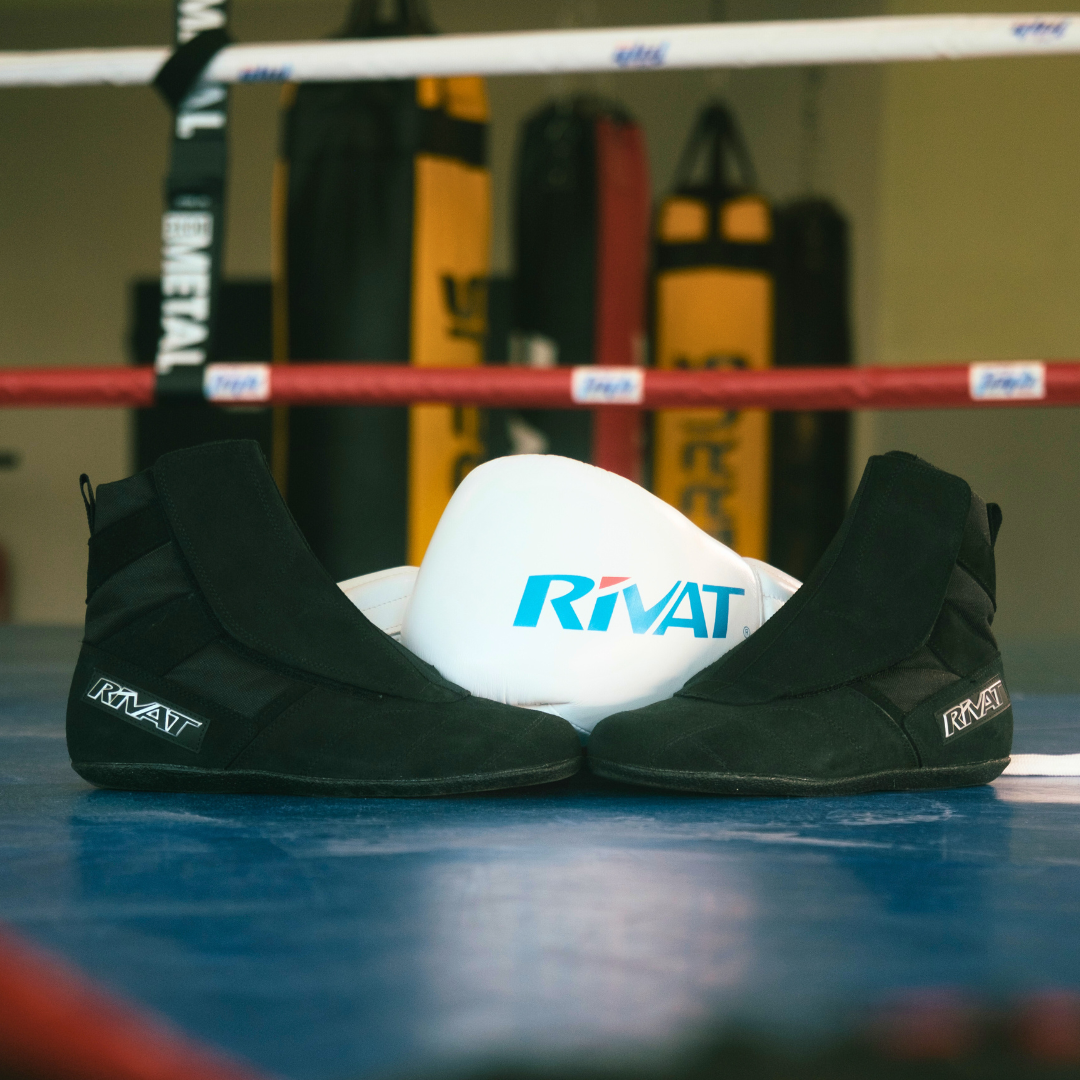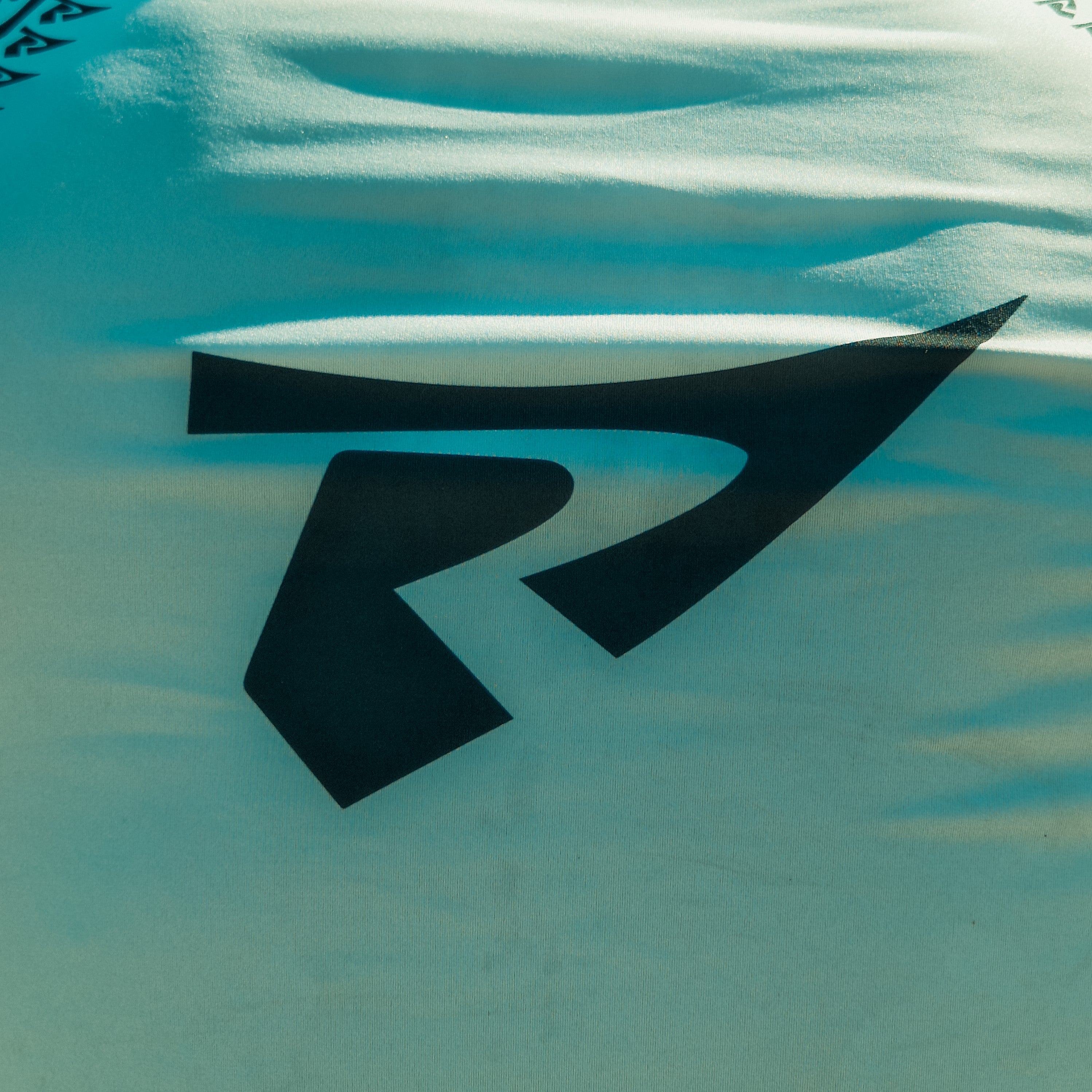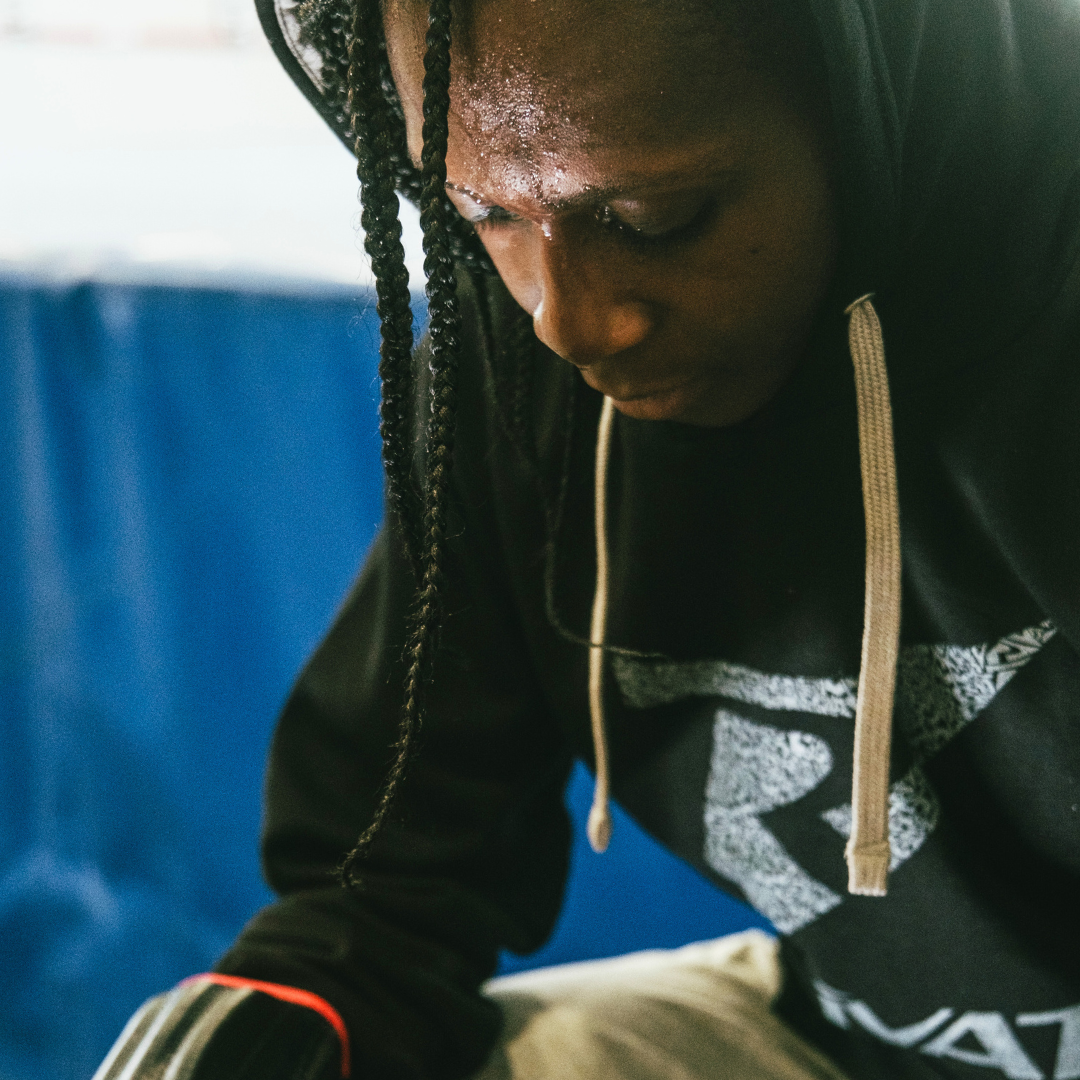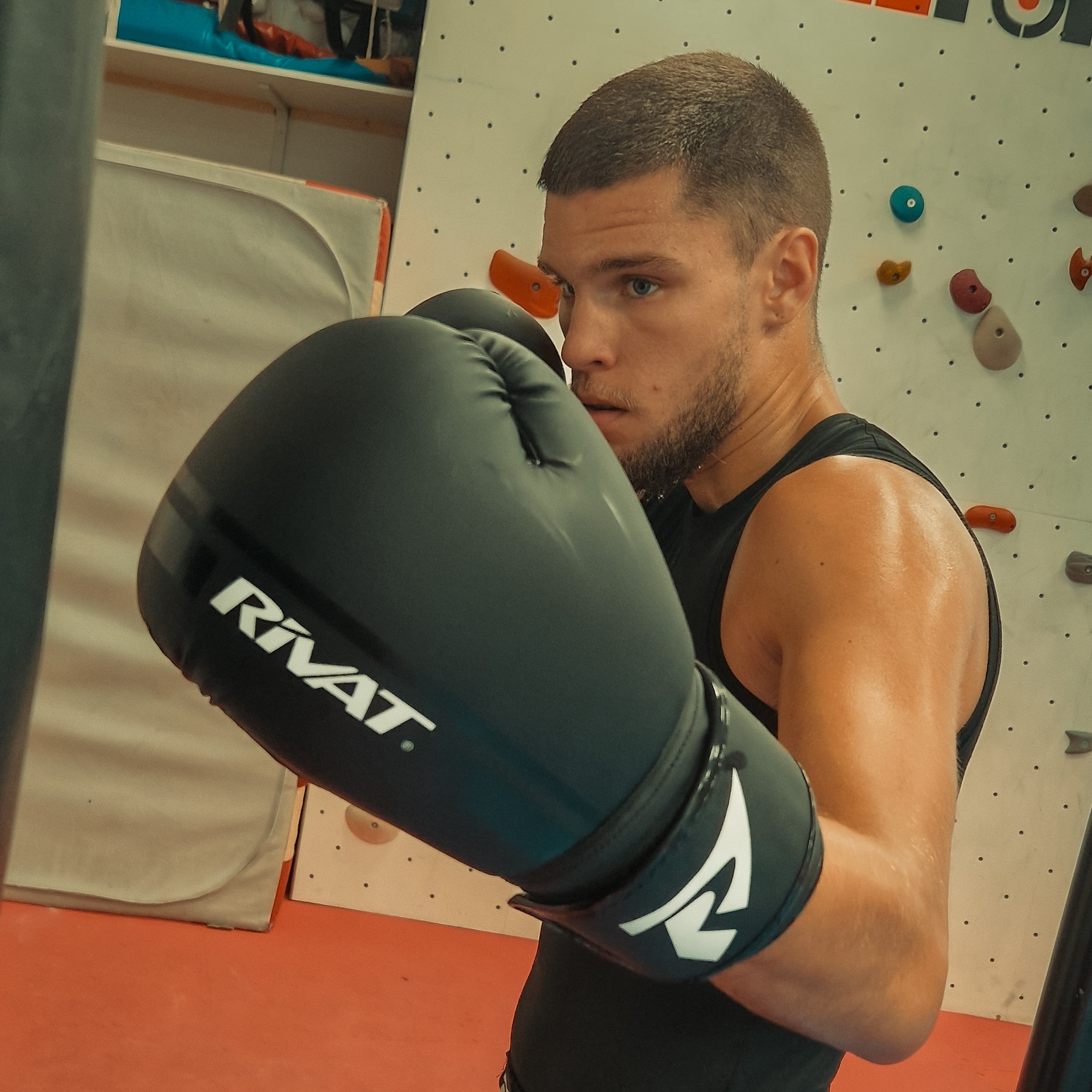1. The Uppercut Technique: The Fundamentals
1.1. Starting Position
For an effective uppercut, start with a proper guard position:
- Feet : Shoulder-width apart, back foot slightly pivoted for stability.
- Hands : Back hand is near chin for protection, front hand is slightly lowered but ready to strike.
1.2. Execution of the Uppercut
The uppercut is characterized by an upward movement of the fist:
- Fist Movement : The fist moves upward in a curved trajectory, aiming for the opponent's chin or jaw.
- Body Rotation : Use hip and trunk rotation to generate power. The force should start from the legs and transfer to the trunk and then to the arms.
- Wrist Position : The wrist should remain straight throughout the movement to maximize impact and avoid injury.
1.3. Breathing and Timing
- Breathing : Exhale upon impact to increase the power of the blow and maintain controlled breathing.
- Timing : The uppercut should be thrown when the opponent is in a low position or off balance, to maximize its effectiveness.
2. Exercises to Perfect Your Uppercut
2.1. Shadow Boxing
Shadow boxing is ideal for practicing the uppercut without an opponent:
- Objective : Focus on technique and fluidity of the shot by imagining an opponent.
- Tip : Incorporate the uppercut into combinations and work on coordination with other punches.
2.2. Punching Bag Work
The punching bag helps to increase the power and precision of the uppercut:
- Technique : Practice hitting the bag with repeated uppercuts, varying angles and speeds.
- Tip : Use boxing gloves to improve the resistance and power of the punch.
2.3. Training with a Partner
Working with a partner allows you to simulate real combat situations:
- Drills : Practice sequences where you use the uppercut in response to attacks or to finish combinations.
- Feedback : Receive feedback on your technique to adjust and improve your shot.
3. Common Mistakes to Avoid
3.1. Bad Foot Position
An unstable position can reduce the effectiveness of the uppercut:
- Mistake : Standing too straight or with your feet positioned incorrectly.
- Correction : Make sure your feet are properly spaced and you are using leg movement to add power.
3.2. Insufficient Body Rotation
Incomplete body rotation decreases the power of the uppercut:
- Mistake : Not fully using the hips and core.
- Correction : Fully engage hip and core rotation to maximize the impact of the blow.
3.3. Lack of Precision
An imprecise uppercut is less effective:
- Mistake : Hitting without aiming at a specific point.
- Correction : Focus on the target and make sure your uppercut hits the desired point accurately.
4. Advanced Applications of the Uppercut
4.1. Counter-Attack Techniques
The uppercut can be used effectively in counterattack:
- Exercise : Practice throwing an uppercut in response to an opponent's attack, to surprise and destabilize.
- Tip : Work on your reaction speed and fluidity of movement.
4.2. Integration into Combinations
The uppercut is often more effective when combined with other strikes:
- Drill : Practice combinations that include the uppercut, such as a jab followed by an uppercut or various sequences.
- Tip : Vary combinations and angles to make your attack more unpredictable.
Conclusion
Mastering the uppercut in French boxing requires a thorough understanding of the technique and regular practice. By following the tips and exercises outlined in this article, you can improve your uppercut, increase its power and accuracy, and become a more formidable boxer. Continue to train and perfect your technique to excel in the ring.

